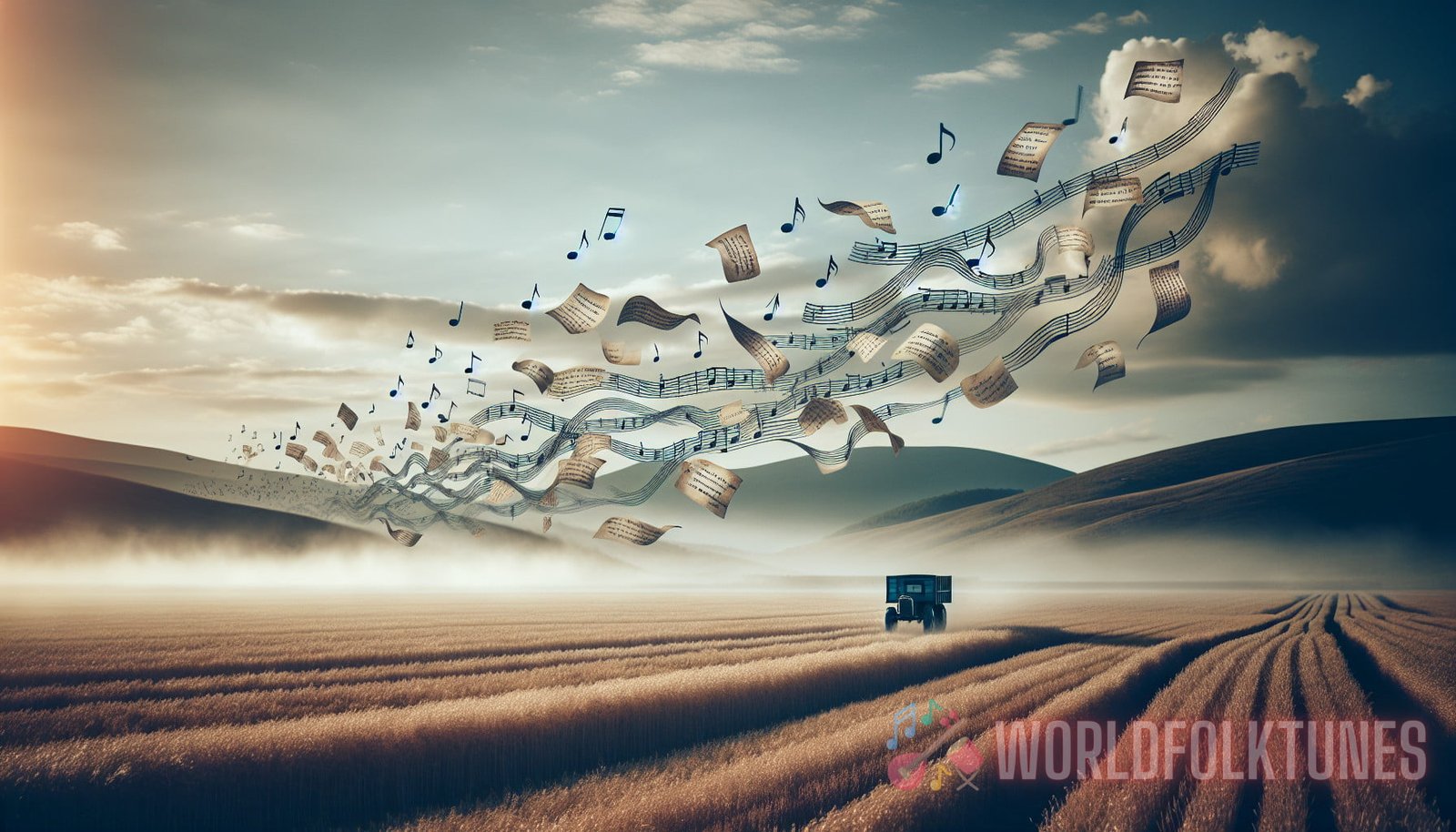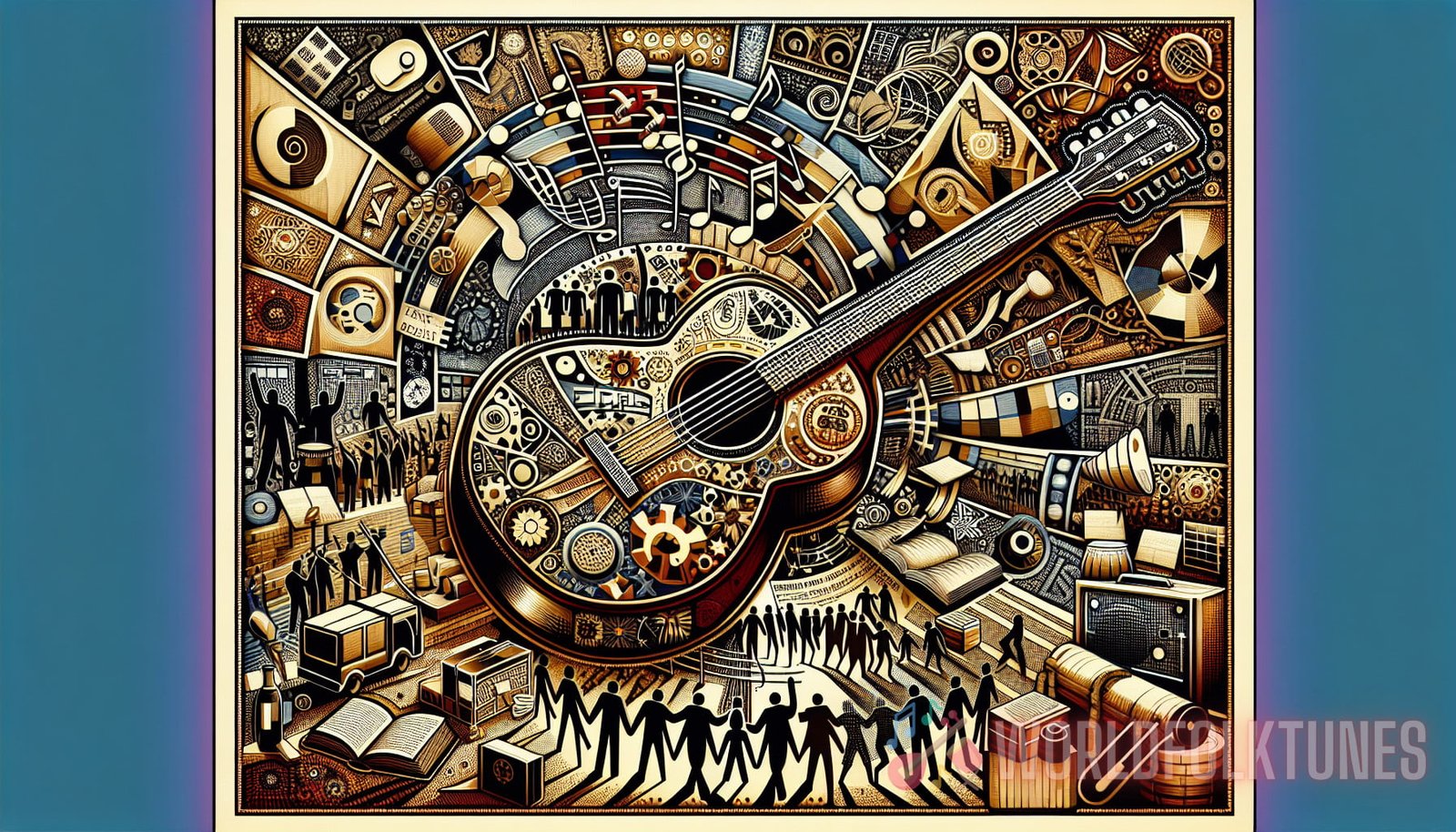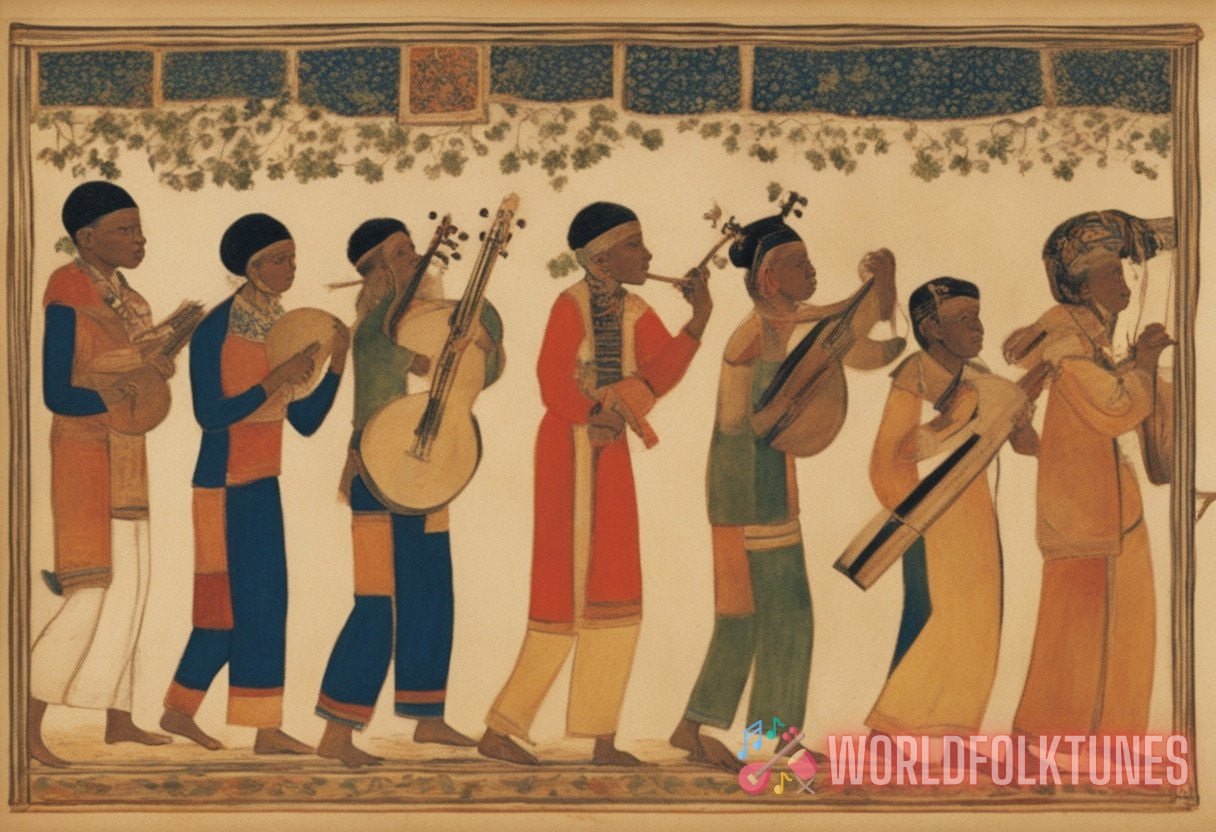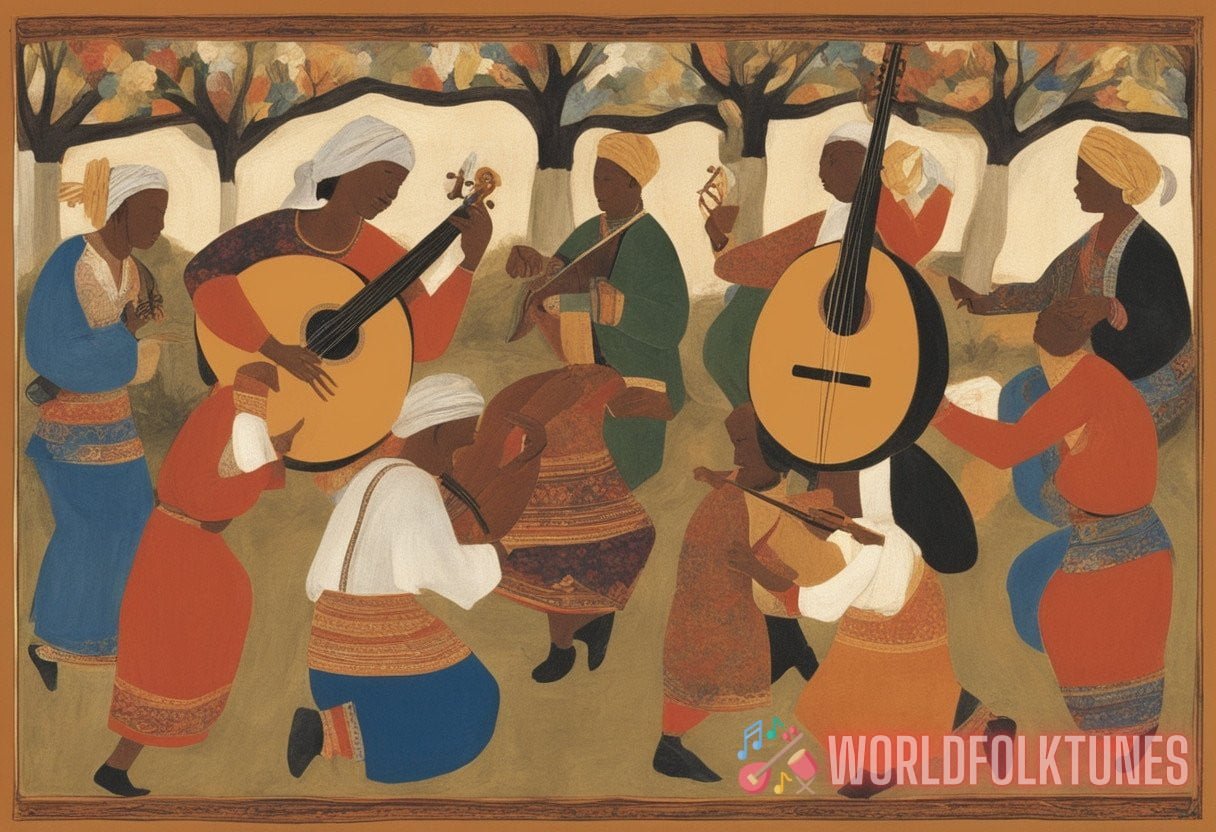Introduction
Folk music is a genre deeply rooted in the cultural fabric of societies around the world. With its origins dating back centuries, folk music has played a significant role in storytelling, preserving traditions, and reflecting social realities and concerns of the time. Within the realm of folk music lies a subgenre called “folk commentary,” in which artists use their music as a platform to express social and political opinions. These songs act as a powerful tool for social commentary, touching upon diverse issues such as injustice, inequality, war, and environmental degradation. In this article, we will explore the concept of folk commentary, its historical significance, and its enduring relevance in society today.
The Historical Significance of Folk Commentary
Folk music has a long history of serving as a vessel for social commentary. It has been used for centuries as a means of documenting historical events, spreading cultural and political messages, and providing a voice to the marginalized and oppressed. In many ways, the innate simplicity of folk music has made it an ideal vehicle for conveying complex ideas and emotions.
One cannot discuss the history of folk commentary without mentioning the troubadours of medieval Europe. These wandering musicians composed and performed songs that critiqued societal norms, chivalry, and the feudal system. The troubadours used their music to highlight the plight of the common people and to comment on the abuses committed by the ruling class. Their songs were often sung in vernacular languages, making them accessible to the masses and allowing the messages to spread far and wide.
During the era of colonialism, folk music served as a powerful tool for resistance. In countries such as Ireland and India, folk songs were used to rally people against their colonial oppressors. These songs, often steeped in nationalist sentiments, united communities and fueled movements for independence. The lyrics of these songs not only reflected the frustrations and aspirations of the people but also served as a call to action.
In the United States, folk music gained prominence during the Civil Rights Movement of the 1950s and 1960s. Musicians like Bob Dylan, Joan Baez, and Pete Seeger used their songs to protest racial segregation, injustice, and the Vietnam War. Their music became anthems for the movement, igniting a sense of unity and hope among activists and ordinary citizens alike.
The Role of Folk Commentary Today
While folk commentary has its roots in historical movements, its relevance persists in modern times. In an era marked by social and political upheaval, folk music continues to serve as a means of expressing dissent, raising awareness, and facilitating dialogue.
1. A Platform for Marginalized Voices
Folk commentary allows marginalized communities to tell their stories and shed light on their struggles. Through their music, artists from these communities break through barriers and amplify voices that are often silenced or overlooked. By sharing their experiences and perspectives, folk musicians contribute to a more inclusive and equitable society.
An example of contemporary folk music acting as a medium for marginalized voices can be seen in the rise of Indigenous folk musicians. Artists like Buffy Sainte-Marie and A Tribe Called Red use their music to bring attention to the ongoing struggles faced by Indigenous communities. Their songs address issues such as land rights, cultural preservation, and systemic oppression.
2. Drawing Attention to Current Issues
Folk commentary has the power to highlight and critique pressing issues of our time. Whether it is environmental degradation, income inequality, or racial injustice, folk musicians use their music to shed light on these social problems and galvanize audiences to take action.
One example of contemporary folk commentary addressing current issues is the work of singer-songwriter Ani DiFranco. DiFranco’s songs tackle topics such as reproductive rights, LGBTQ+ rights, and the power of grassroots activism. Her music provides a platform for raising awareness and promoting social change.
3. Creating Community and Connection
Folk music has a unique ability to create a sense of community and connection among its listeners. The shared experience of listening to and participating in folk music performances fosters a feeling of unity and belonging.
One way in which folk music brings communities together is through folk festivals. These events attract people from various backgrounds and provide a space for artists and audiences to connect on a deeper level. Folk festivals often include workshops, jam sessions, and interactive performances, allowing attendees to actively engage with the music and each other.
Examples of Folk Commentary Songs

1. “Blowin’ in the Wind” by Bob Dylan
Bob Dylan’s “Blowin’ in the Wind” is a quintessential example of a folk commentary song. Released in 1962, the song poses philosophical questions about peace, freedom, and equality. Its lyrics challenge listeners to reflect on the state of the world and consider their role in creating positive change.
2. “Strange Fruit” by Billie Holiday
“Strange Fruit” is a haunting song performed by Billie Holiday in 1939. The lyrics, written by Abel Meeropol, vividly depict the lynching of African Americans in the southern United States. Through her powerful rendition, Holiday brought attention to the horrors of racial violence and systemic racism.
3. “Imagine” by John Lennon
“Imagine” by John Lennon, released in 1971, is a timeless folk commentary song that continues to resonate with audiences today. The song’s lyrics envision a world without borders, wars, or religious divisions. Lennon’s message of unity and peace remains as relevant now as it was over four decades ago.
The Role of Technology in Folk Commentary
The advent of technology has transformed the way in which folk commentary is created, disseminated, and received. In today’s digital age, social media platforms, streaming services, and online communities have made it easier for folk musicians to reach a wider audience and connect with like-minded individuals.
Platforms like YouTube and Soundcloud have provided independent folk musicians with the means to share their music directly with listeners. This has led to a democratization of the genre, allowing artists to bypass traditional gatekeepers and gain recognition for their work. The internet has also facilitated collaborations between artists from different parts of the world, resulting in the blending of diverse musical influences and the creation of new forms of folk commentary.
Furthermore, social media has become a powerful tool for folk musicians to engage with their audience and raise awareness about social and political issues. Artists can now directly interact with fans, share updates about live performances, and promote causes that are important to them. The immediacy and reach of these platforms enable folk musicians to have a real-time impact and foster a sense of community among their followers.
The Future of Folk Commentary
The future of folk commentary is promising, as artists continue to embrace the genre’s potential for social impact. As societies grapple with a multitude of pressing issues, folk music will inevitably provide solace, provoke thought, and inspire action.
With advancements in technology and the increasing interconnectedness of the world, folk commentary has the potential to reach an even broader audience. Artists from different countries and cultural backgrounds can collaborate and share their stories, creating a rich tapestry of diverse voices and perspectives.
While the specific themes of folk commentary may evolve to reflect the changing times, its essence as a means of social commentary will remain intact. Through folk music, artists will continue to shed light on inequality, injustice, and the human condition, igniting conversations and fostering positive change.
Folk music as a social commentary is a testament to the enduring power of music as a tool for social change. Its ability to transcend language barriers, evoke emotions, and inspire action makes it a force to be reckoned with.
Conclusion
Throughout history, folk music has served as a powerful means of social commentary, capturing the essence of the times and resonating with audiences on a deep level. From the troubadours of medieval Europe to the folk revival of the 1960s, folk commentary has provided a voice to the marginalized, challenged societal norms, and inspired activism. Today, folk commentary continues to be a relevant and vital form of expression, drawing attention to current issues, creating community, and amplifying marginalized voices. With the advent of technology, the reach and impact of folk music have expanded, allowing for greater collaboration and engagement. The future of folk commentary is bright, as artists from diverse backgrounds continue to use their music to inspire positive change and shape the world around them.
Additional Resources:
For more information about the history of folk music and its relevance as a social commentary, visit Wikipedia’s article on Folk Music.



